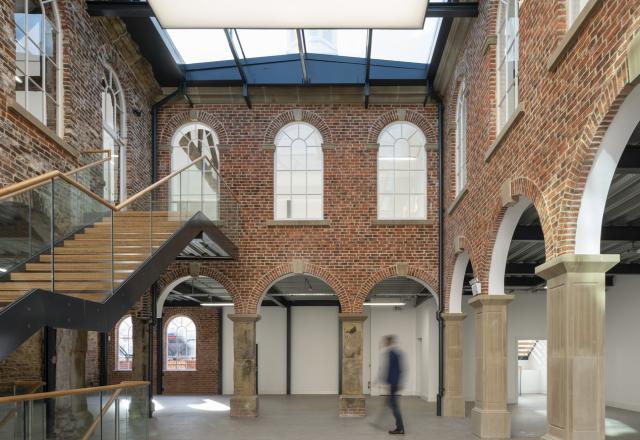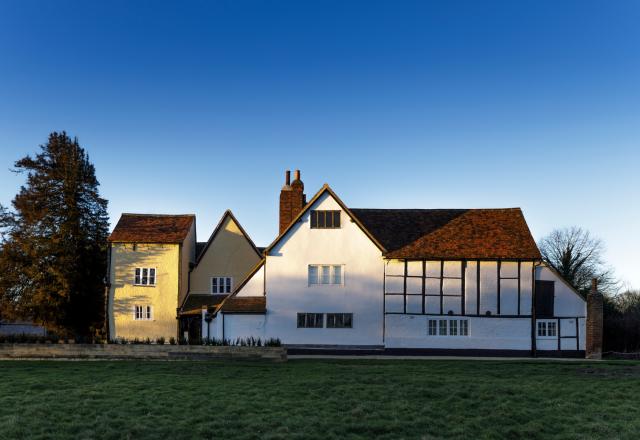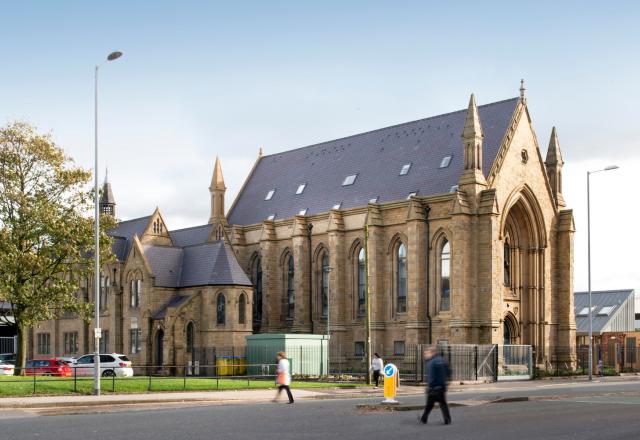Each year historic buildings across the country find themselves on at risk registers and facing an uncertain future. Here, Associate Grant Prescott asks, what can be done to save and breathe new life into these buildings.
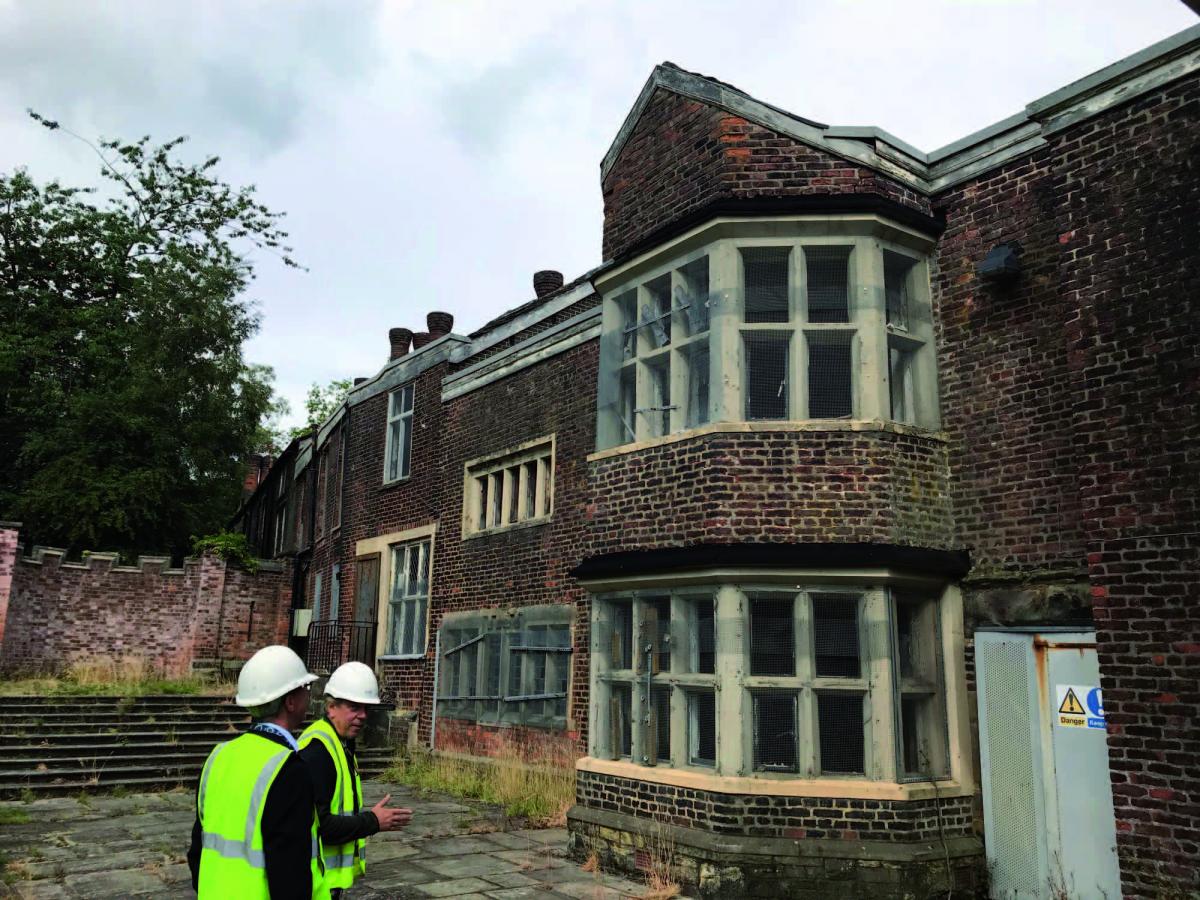
The publication of the SAVE Buildings at Risk Register in late 2020 once again draws our attention to the under-appreciated and threatened heritage assets across the country. Reading these lists - with similar from the likes of Historic England and Victorian Society - can often feel like a soul-destroying experience, with once grand and unique buildings appearing unloved and in grave danger of being lost. However, they are a hugely important resource, carrying invaluable insights into past technologies, styles and, of course, how our culture and society has developed over time. While buildings on the register carry negative back-stories of neglect, redundancy and maintenance challenges, within many of these sites is the opportunity to create a positive new chapter.
A fundamental aspect of de-risking a heritage asset is to understand why it is ‘at risk’ in the first instance. This could be due to a number of factors, including the poor condition or vacancy of the building. However, many assets are deemed as ‘at risk’ simply because the cost of repair and maintenance outweighs its potential value, rendering the site unviable. The key to unlocking the challenges around condition and viability is to develop a detailed understanding of the source of these challenges and subsequently develop sympathetic proposals for a building’s future.
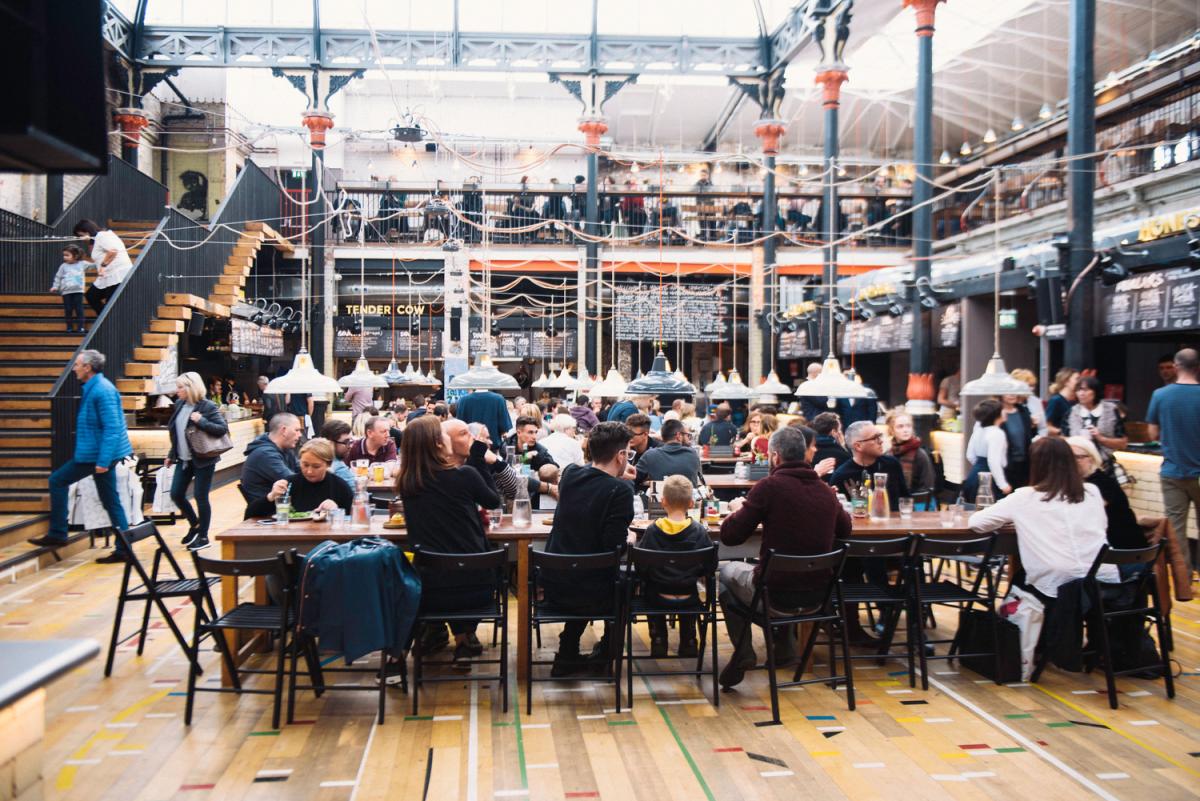
The understanding element of this approach is arguably twofold. On one hand it is important to understand how the building has come to be in its ‘at risk’ condition. On the other, it is essential to understand the importance of the heritage asset, and to get under the skin of why its potential loss would be so catastrophic to those for whom it is significant.
Fundamentally, for a building to be considered ‘at risk’ it would have been subject to a sustained period of decline. This may be due to changes in legislation and technologies which render a building effectively redundant, or it could be as a result of inadequate maintenance over a long period of time. This can, in some instances, be due to neglect but is often as a result of budgetary constraints which hamper the best intentions of building owners.

In addition to this, for historic buildings it is often the case that adaptation can be more challenging due to physical constraints of the building and its protected, listed status. This is not to suggest that listing should be seen as a barrier to change, but that any change should be arrived at via a detailed understanding and sympathetic response to the building’s architectural and historical character. In fact, this challenge creates fascinating opportunities.
Harnessing a detailed understanding of what makes a site significant enables an approach to intervention and design which creates a distinct and unique sense of place; one which can generate interest, footfall and activity from a new influx of people. In doing so, the building is revitalised and given a new lease of life, with a unique identity that is faithful to its historic character. The Mackie Mayor is a prime example of how this distinctiveness proves such a draw for people, and serves as a catalyst for regeneration.
Establishing a building’s character should be arrived at via combination of primary investigation such as site and condition surveys, and also a study of historical records, in order to identify the key areas of significance. At Buttress we utilise our in-house Heritage Consultancy to develop this understanding. We also carry out detailed condition surveys and provided costed recommendations, as well as advice on how to access grant funding.
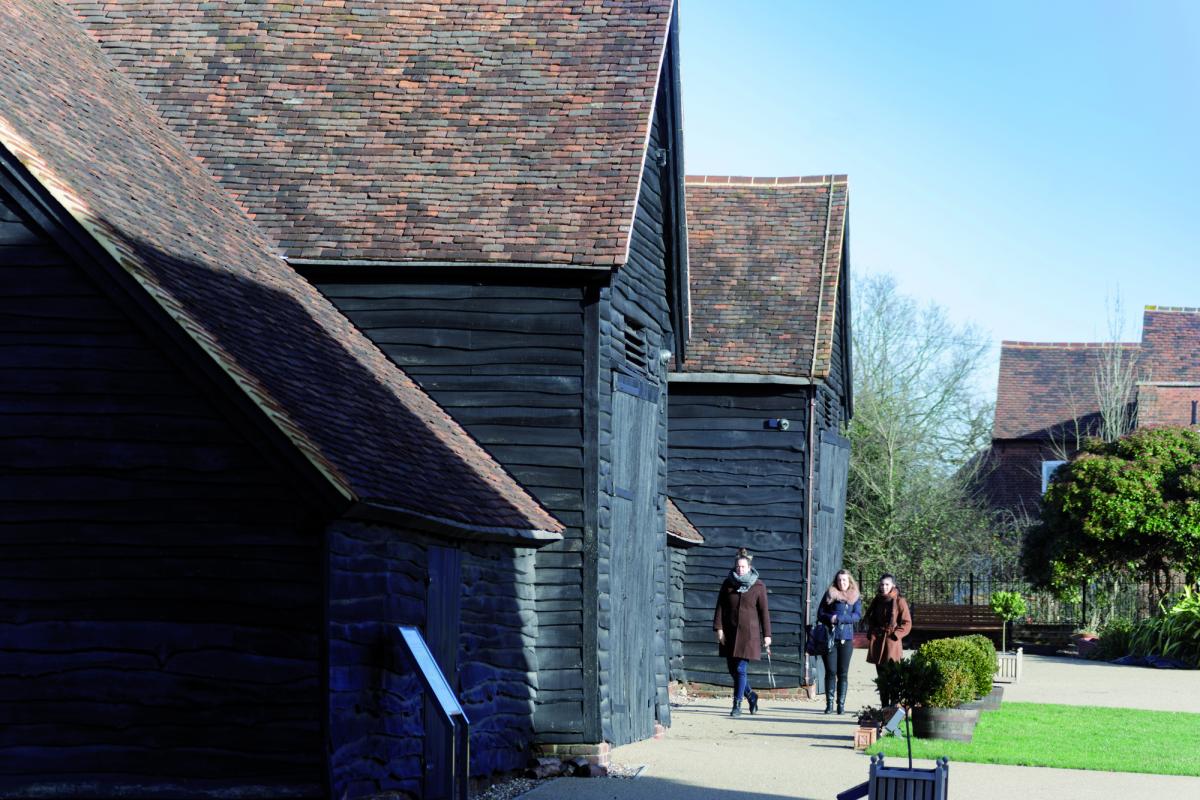
Our approach to managing change ties in well with our ethos of collaborative leadership, where we will bring the client team on the journey with us and ensure that a project is both responsive to their aspirations and - importantly - deliverable.
Deliverability will also rely upon the support of statutory bodies in respect of obtaining the relevant consents. Buttress always present proposals as a response to heritage significance. Our core philosophies are rooted in conserving key heritage values and considering a minimum intervention approach first. Where change is necessary, we consider the impact of this in order to arrive at the most appropriate solution while still ensuring viability and deliverability. Key to this is consultation and engagement with the wider stakeholder group.
As a practice, we have worked on numerous projects in recent years that focus on the rescue and revitalisation of ‘at risk’ assets. These include the former Unitarian Chapel, Manchester; First White Cloth Hall, Leeds; Headstone Manor, Harrow; and Hopwood Hall, Middleton.
We have witnessed the catalytic effect the restoration and adaption of heritage assets can have in the regeneration of communities and we are passionate about working with building owners and heritage groups to de-risk existing unloved assets for future generations. We believe that the focus in dealing with ‘at risk’ buildings should not only be on the reasons for decay, and addressing these, but also a sustainable vision with the asset at its core.
